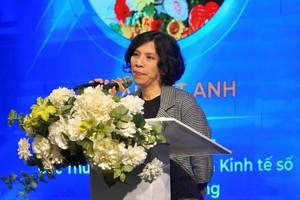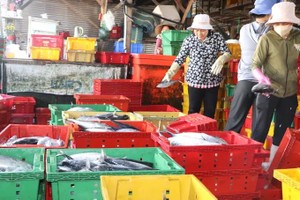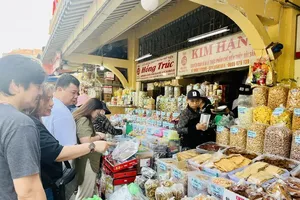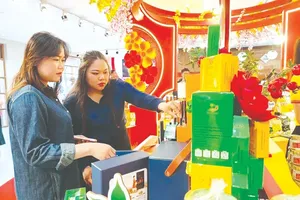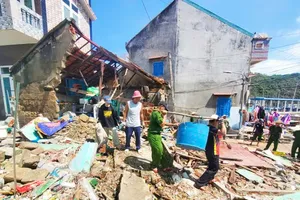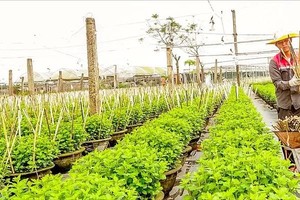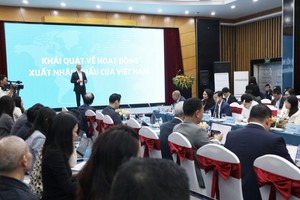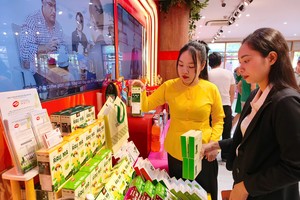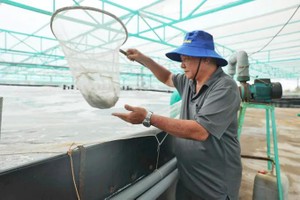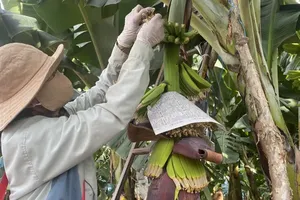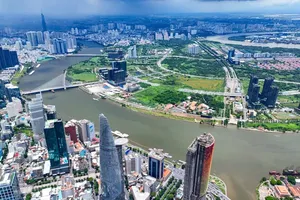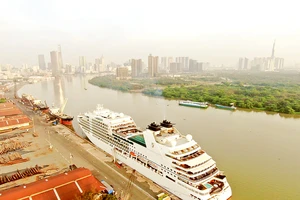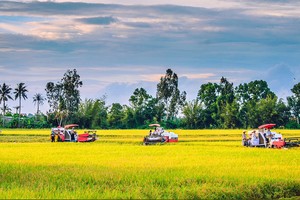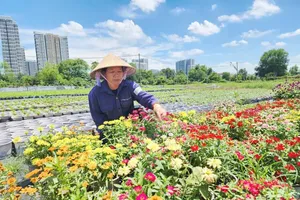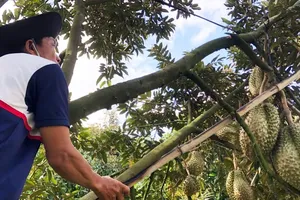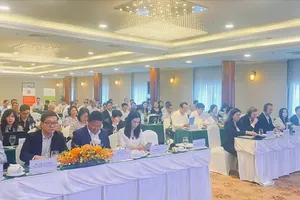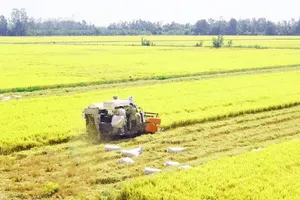Chairman Vo Tan Loi of Tien Giang Durian Association today said that a kilogram of Ri6 durian (Grade A) is currently being purchased by traders at orchard prices of VND32,000–VND34,000 while Monthong durian is fetching VND74,000–VND78,000 per kg.
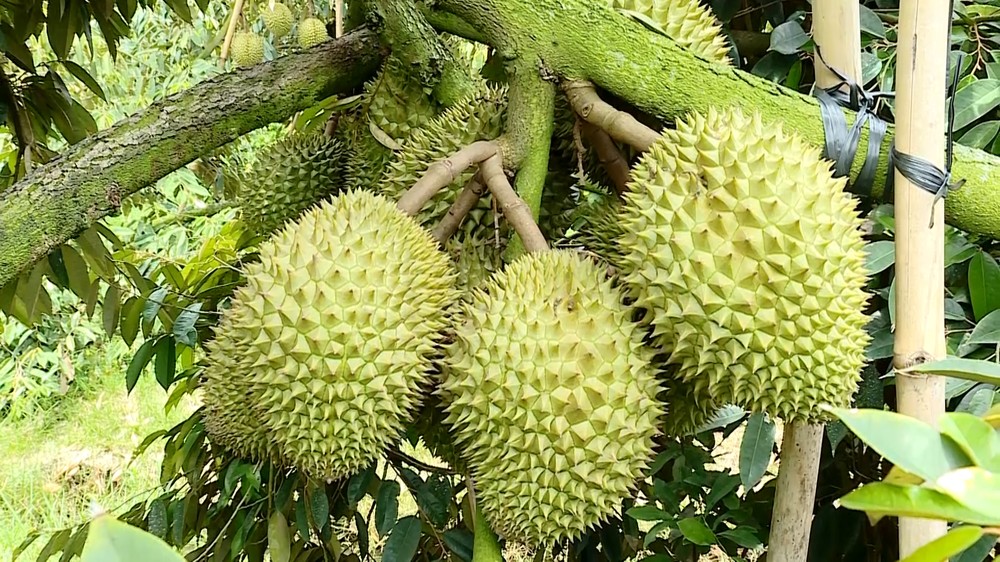
The sharp drop in prices compared to the same period last year has made things difficult for durian farmers.
According to recent reports, the primary cause of the issue is the prolonged and heavy rainfall in the Mekong Delta, which has significantly hindered the development of durian flesh, resulting in fruit that is deemed unsuitable for export markets.
Furthermore, in certain areas, the residue of prohibited substances, such as Auramine O and Cadmium, has been detected, further disrupting market demand and exacerbating the challenges faced by durian growers.
In Trung Thanh Commune of Vinh Long Province, farmer Tran Hieu Nghia reported that his 3,500 square meter durian orchard yielded prices less than half of last year's, yet, despite knowing the financial losses, he continued harvesting and proceeded with cleaning and tending the orchard to prepare for the next crop.
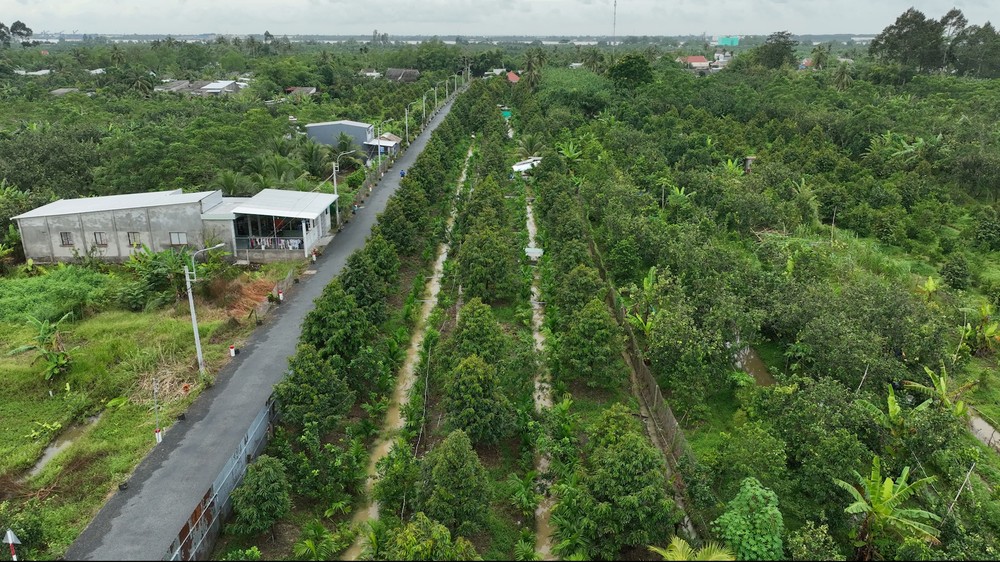
Grower Thai Thanh Giau in Dong Thap Province revealed that from his 2.5-hectare durian orchard, he harvested 4.5 tons of Ri6 durian during this late-season crop, selling at VND32,000 per kilogram, which resulted in a profit of only approximately VND15 million, an amount insufficient to cover the costs of labor, fertilizer, and orchard maintenance, leading him to describe the effort as essentially a financial loss.
According to local authorities, the former Tien Giang Province has recently piloted several models to treat cadmium residues in the soil by combining cadmium-free fertilizers with mint, lime, microorganisms, and biochar. After four months, cadmium levels in the soil and plant tissues have decreased. However, the specific effectiveness on the fruit itself will need to be evaluated after the next harvest season.
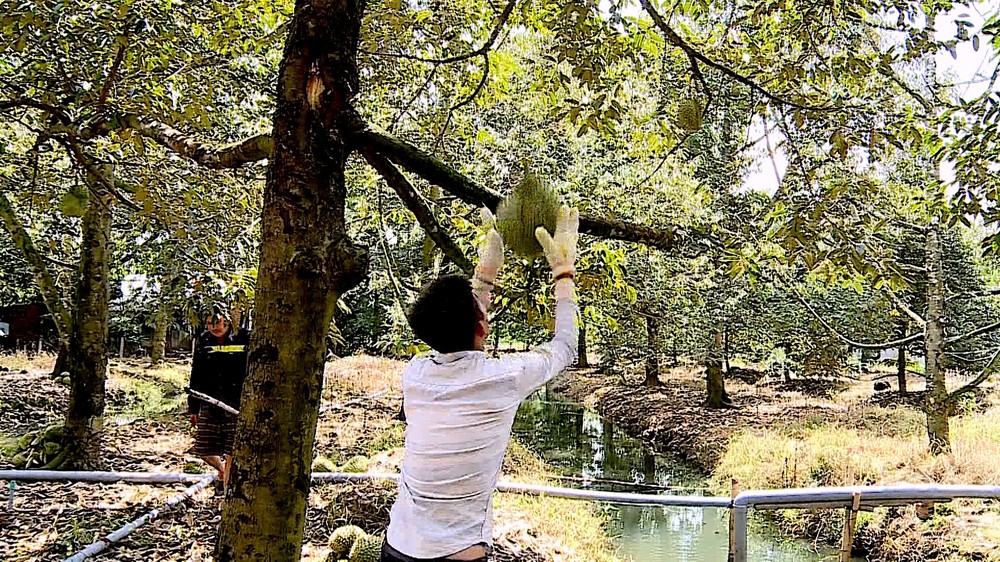
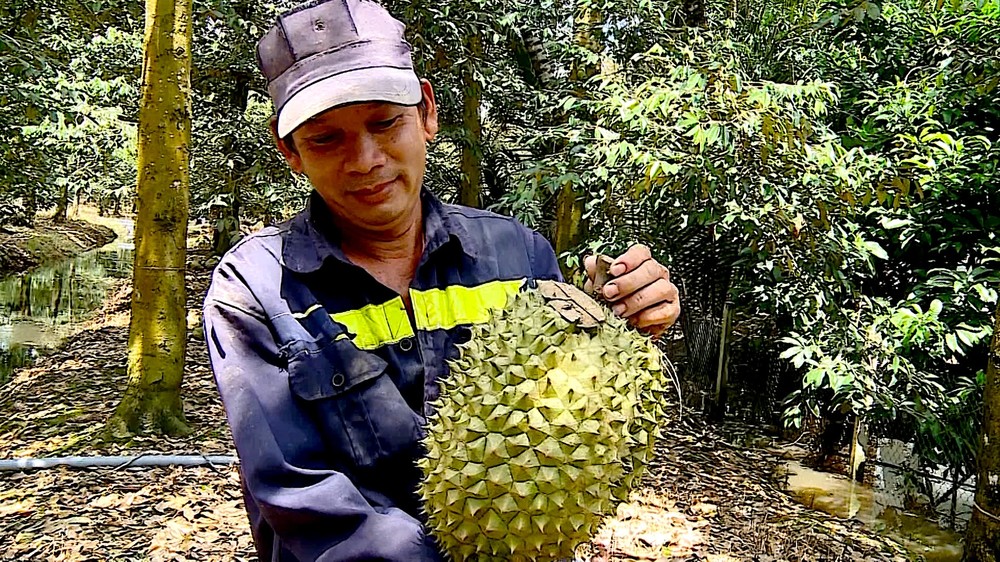
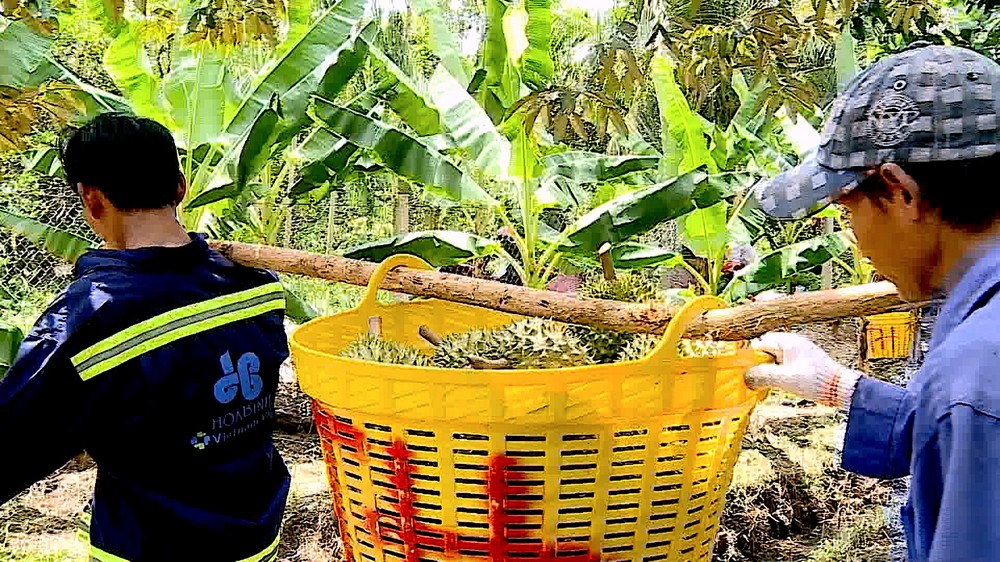
Nonetheless, many farmers like grower Giau remain hopeful and are willing to register for these treatment models to improve fruit quality and meet future export standards.
Dong Thap Province currently has the largest durian cultivation area in the Mekong Delta with over 29,000 hectares and an annual output exceeding 470,000 tons. More than 50 percent of this area has been granted planting area codes for export purposes.
